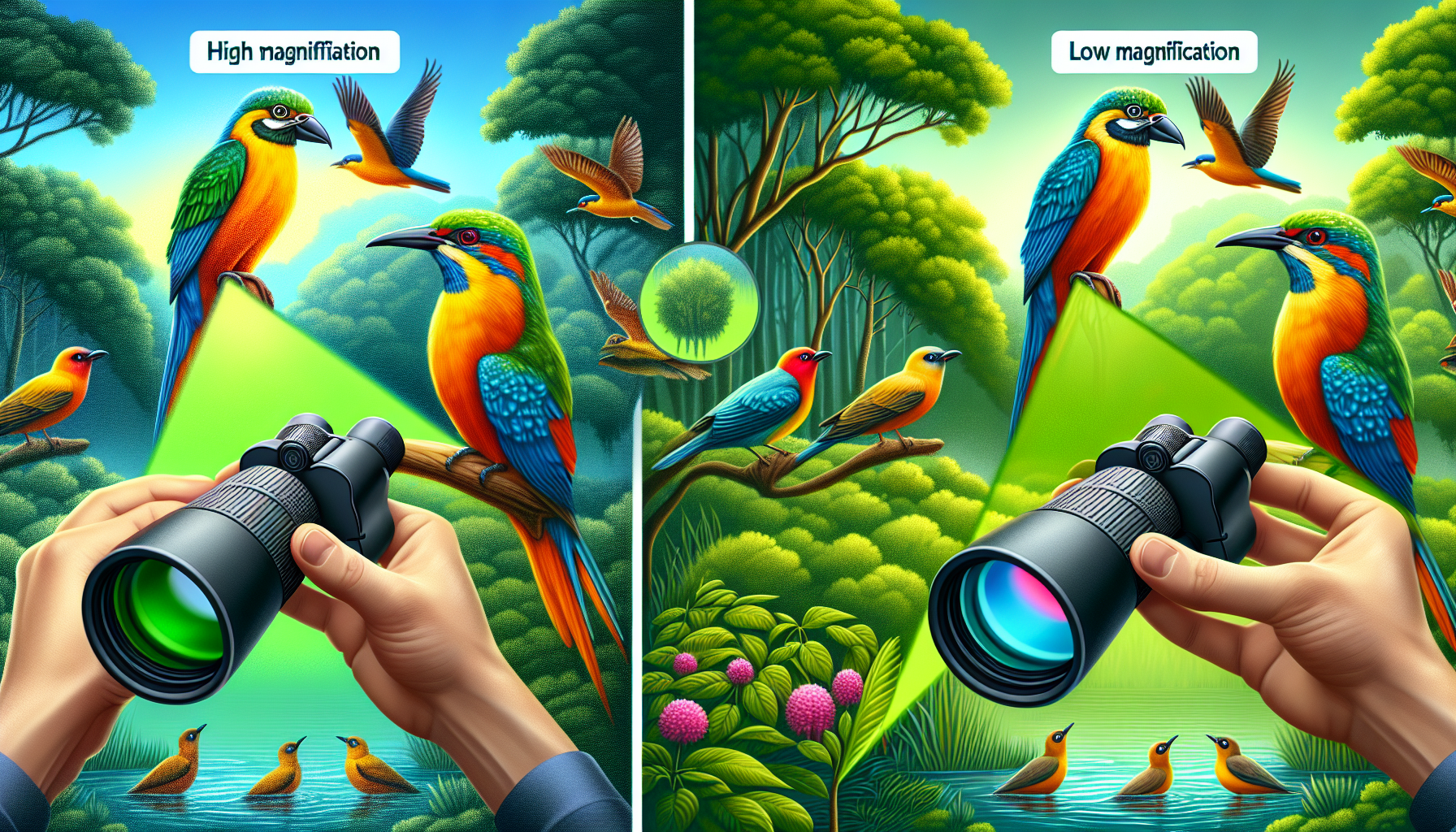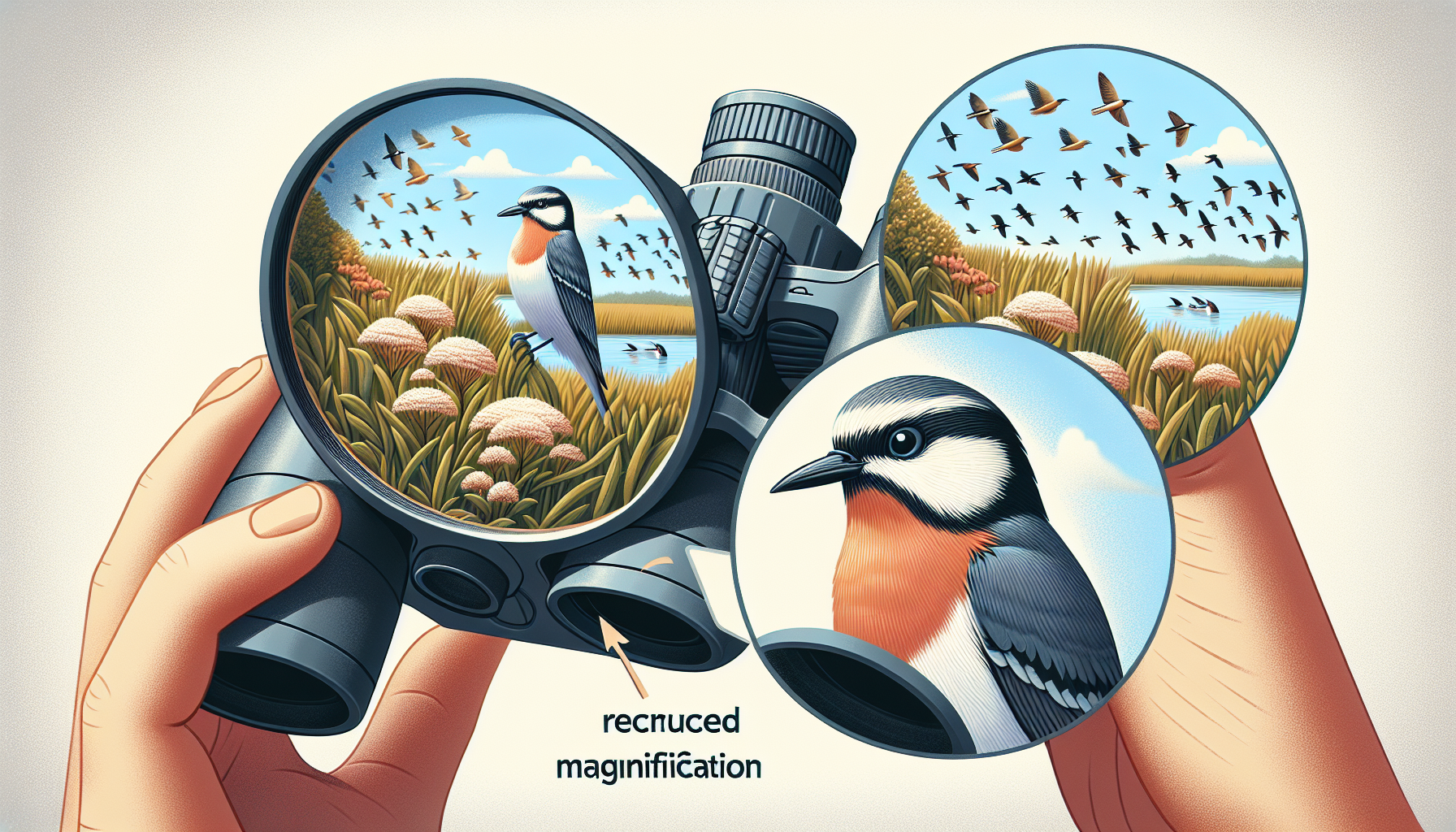Imagine you’re standing in the midst of nature, surrounded by the captivating songs and vibrant hues of various bird species. As a passionate bird watcher, being able to observe these elegant creatures up close and personal is a delight you simply can’t resist. But as you gaze into the sky, you can’t help but wonder, what is the ideal magnification for birding binoculars? In this article, we will explore the answer to this question, guiding you towards choosing the perfect magnification to enhance your birding experience. So get ready to embark on a journey of discovery, where every feathered friend comes to life like never before.
Understanding Magnification in Binoculars
Definition of magnification
Magnification refers to the extent to which an object appears larger when viewed through binoculars compared to the naked eye. It is expressed as a number followed by “x”, such as 8x or 10x, which represents how many times closer the object seems.
How magnification works in binoculars
Magnification in binoculars is achieved through a combination of lenses and prisms. When light enters the binoculars, it passes through the objective lenses, which gather and focus the light. The light then travels to the prisms, which reflect the image and flip it so that it appears right-side-up. Finally, the light reaches the eyepieces, which further magnify the image before it reaches your eyes.
The implications of high and low magnification
The choice of magnification in binoculars has several implications for the viewing experience. Higher magnification provides a closer view of the subject, allowing for detailed observation and identification of distant birds. However, it also narrows the field of view, making it more challenging to locate birds and follow their movements. On the other hand, lower magnification offers a wider field of view, making it easier to spot birds and track their behavior. It is important to consider your specific birding needs and preferences when selecting the appropriate magnification.
Choosing the Right Magnification for Birding
Key factors in deciding magnification
When choosing the right magnification for birding, it is essential to consider key factors such as your level of birding experience, the species you are likely to encounter, the terrain you will be exploring, and your personal comfort and preference. These factors will help determine the optimal magnification that suits your individual needs.
Understanding birding needs and preferences
Different birders have different needs and preferences when it comes to magnification. Some may prioritize capturing detailed images of birds, while others might value a wider view to observe bird behavior and movements. Understanding your own birding goals is crucial in selecting the magnification that will enhance your birding experience.
Standard binocular magnification for birding
The standard magnification range for birding binoculars typically falls between 7x and 10x. This range strikes a balance between providing sufficient magnification to observe birds in detail and maintaining a wide enough field of view for easy location and tracking. It is important to note that higher magnifications may require steadier hands or the use of additional stability aids, while lower magnifications may sacrifice some detail in the image.
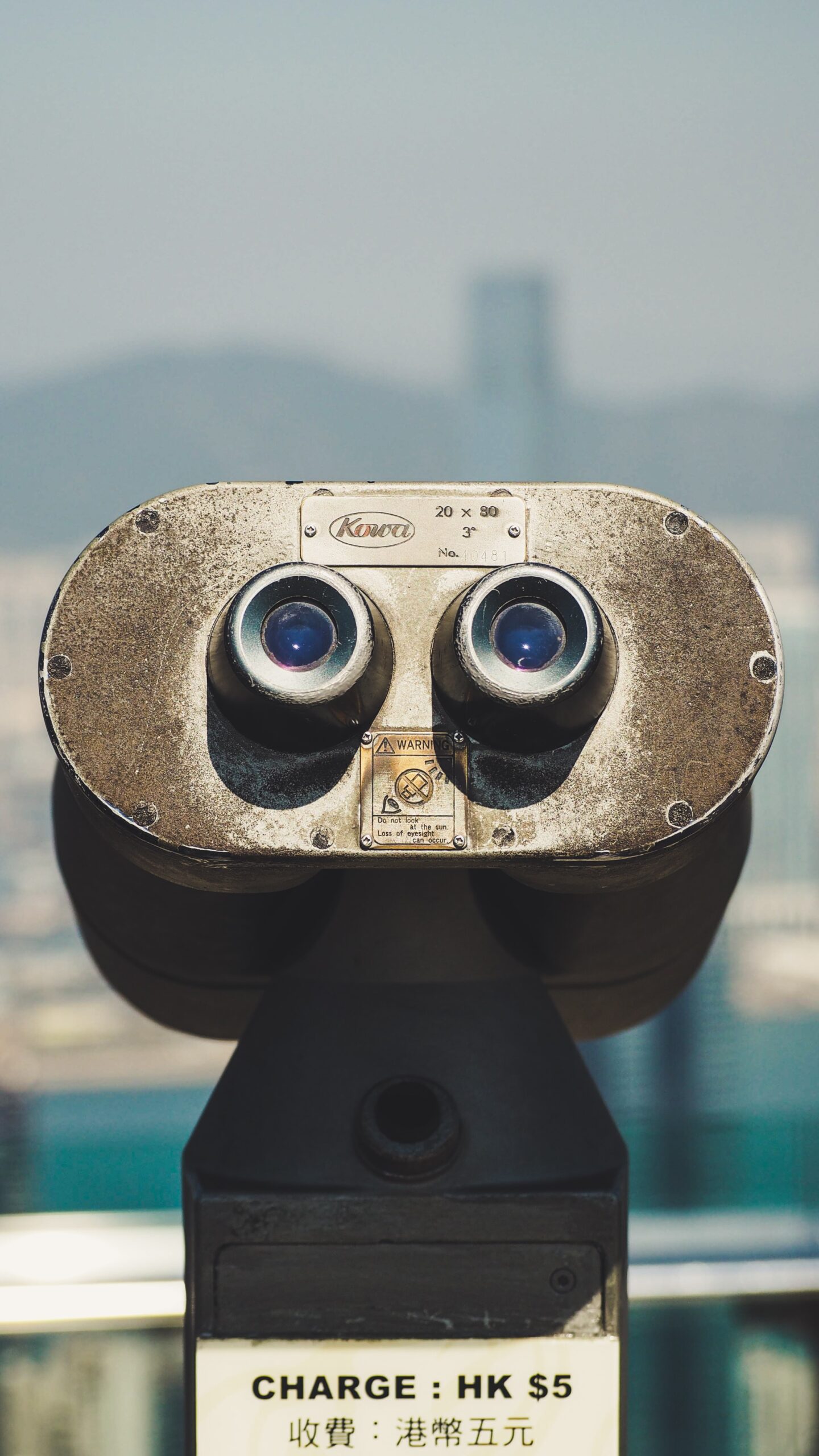
Difference Between Low and High Magnification
Visual differences between low and high magnification
When comparing low and high magnification binoculars, the main visual difference is the level of detail. High magnification binoculars render birds larger and allow for close-up observation of their features, plumage, and behavior. In contrast, low magnification binoculars offer a wider view of the surroundings, with birds appearing smaller but still easily visible in their natural habitats.
Effects on field of view
One of the critical factors affected by magnification is the field of view. Higher magnification narrows the field of view, making it more difficult to locate and follow birds, especially in fast-paced birding situations. Low magnification binoculars provide a broader field of view, capturing a larger area, and allowing for easier tracking of birds.
Impact of varying magnification on brightness and clarity
It is important to consider the impact of magnification on brightness and clarity. Higher magnification can sometimes result in a reduction in both brightness and clarity of the image. This is because the higher the magnification, the smaller the exit pupil – the beam of light that reaches your eyes. Lower magnification binoculars tend to provide brighter and clearer images as they have larger exit pupils.
Suitable Birding Binoculars Magnification Range
Recommended magnification range for birding
While the recommended magnification range for birding generally falls between 7x and 10x, it is important to choose a magnification that suits your specific needs and birding style. Beginners may find lower magnifications more comfortable to use, while experienced birders may opt for higher magnifications to observe fine details.
Factors influencing the choice of magnification
Several factors influence the choice of magnification. The birding environment, such as dense forests or open fields, will determine how close you can get to the birds and whether higher magnification is necessary. Additionally, your eyesight and steadiness of hands may also play a role, as higher magnifications require more stability to avoid image shakiness. It is crucial to consider these factors when selecting the appropriate magnification for birding.
Variability of magnification within the range based on specific needs
Within the recommended range of 7x to 10x, there is room for personal preferences and specific birding needs. Some birders may prefer the wider field of view offered by 7x or 8x binoculars, while others may prioritize the ability to observe fine details provided by 9x or 10x magnification. It is helpful to try out different magnifications and assess their suitability for your birding activities before making a final decision.

Benefits of Lower Magnification Binoculars for Birding
Improvement in field of view
One of the significant benefits of lower magnification binoculars is the improvement in the field of view. A wider field of view allows for easier bird location, as it captures a larger area and provides better situational awareness. This is particularly advantageous in birding situations where birds are constantly on the move or in densely populated areas.
Increased brightness and resolution
Lower magnification binoculars tend to have larger exit pupils, resulting in increased brightness and resolution. This means that images seen through lower magnification binoculars appear brighter and clearer, making it easier to discern colors, patterns, and fine details on birds. This is particularly beneficial for birders who value the overall image quality and visual experience.
Steadiness of image and easier tracking
Lower magnification binoculars often provide a more stable image due to the wider field of view and larger exit pupil. This stability makes it easier to track and follow birds as they move. Additionally, lower magnification reduces the need for perfectly steady hands, making it suitable for birders who prefer handheld observation without the use of additional stability aids.
Cons of Lower Magnification Binoculars for Birding
Limitations in detail viewing
One of the limitations of lower magnification binoculars is their reduced ability to observe fine details on birds. While lower magnifications still offer a clear and recognizable image, some subtle features, such as facial markings or feather patterns, may be more challenging to discern. This can make it more difficult to identify certain bird species or distinguish between similar-looking birds.
Difficulty in observing faraway birds
Lower magnification binoculars may struggle when it comes to observing birds at greater distances. If you frequently find yourself birding in open areas or need to spot birds from a considerable distance, higher magnification binoculars may be more suitable for your needs. However, it is worth noting that depending on the specific model, lower magnification binoculars can still offer reasonably good visibility of faraway birds.
Challenges in identifying small or similar-looking birds
When it comes to small bird species or birds that closely resemble one another, lower magnification binoculars may present challenges in identification. The reduced level of detail can make it harder to distinguish between similar-looking species or to observe subtle characteristics that differentiate one bird from another. In such cases, higher magnification binoculars may be more beneficial.
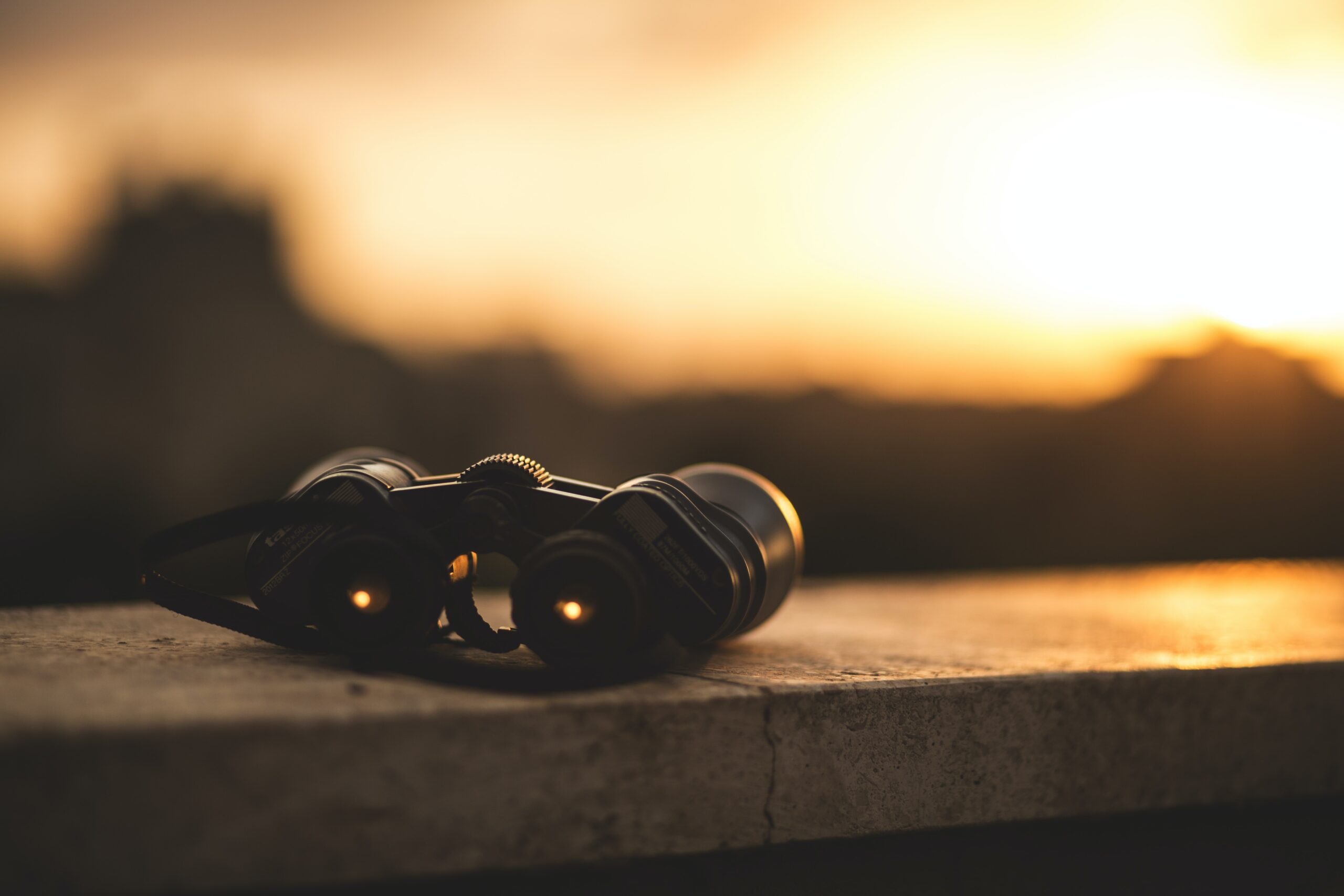
Advantages of High Magnification Binoculars for Birding
Magnified details for better identification
One of the main advantages of high magnification binoculars is their ability to magnify fine details on birds. With higher magnification, birders can observe intricate plumage patterns, subtle color variations, and small anatomical features that aid in species identification. This is particularly useful for birders focused on species identification and birding enthusiasts who enjoy studying the intricate details of avian species.
Usefulness in observing distant birds
High magnification binoculars excel in observing distant birds. They allow birders to bring faraway birds closer, providing a detailed view even at a distance. This is particularly advantageous in birding situations where getting closer to the subject is challenging or not possible, such as observing birds in wetlands, on cliffs, or in other inaccessible locations.
Benefits in studying bird behavior and characteristics closely
The high magnification offered by binoculars allows birders to study bird behavior and characteristics more closely. From observing courtship displays to analyzing feeding patterns and territorial behavior, high magnification provides a detailed and immersive experience. Birders with a particular interest in bird behavior and natural history will find high magnification binoculars beneficial for their observations.
Disadvantages of High Magnification Binoculars for Birding
Reduction in field of view
One of the main disadvantages of high magnification binoculars is the reduction in the field of view. As magnification increases, the area captured within the binoculars’ field of view becomes narrower. This makes it more challenging to locate birds initially and can result in a limited observation of their surroundings. Birders who value a wider view and the ability to track birds in fast-paced situations may find higher magnification binoculars less suitable.
Possible image shakiness and loss of brightness
Higher magnification binoculars require a steadier hand to avoid image shakiness. Even with image stabilization features, it can be more difficult to maintain a stable view at higher magnifications. Additionally, higher magnifications can result in a loss of brightness due to the smaller exit pupil. This means that images may appear dimmer, particularly in low-light conditions. Therefore, birders considering high magnification binoculars should be prepared to address these challenges for optimal viewing experiences.
Increased weight causing discomfort
High magnification binoculars tend to be larger and heavier compared to lower magnification models. This extra weight can cause discomfort during prolonged use, especially if birding involves long walks, hiking, or extended periods of observation. It is essential to consider the physical demands and endurance required when using high magnification binoculars, particularly for birders with mobility or strength limitations.
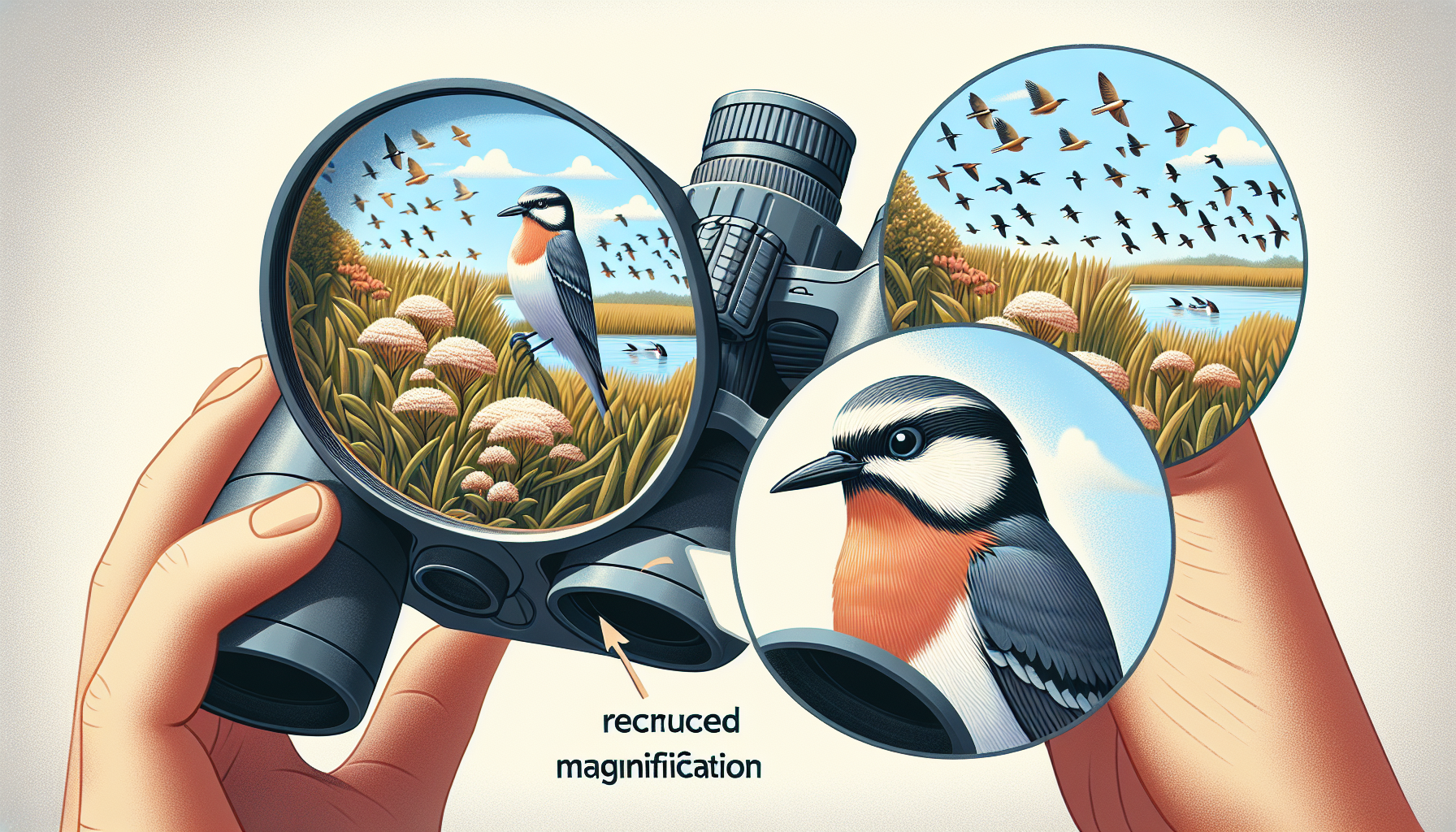
Consideration of Other Features Along with Magnification
Importance of lens size
Alongside magnification, lens size plays a crucial role in binocular selection. Lens size dictates the amount of light that can enter the binoculars, ultimately affecting the brightness and clarity of the image. Larger objective lenses allow for more light transmission, resulting in brighter images, particularly in low-light situations. However, larger lenses also contribute to heavier and bulkier binoculars.
Role of prism type
Prism type also influences the performance of binoculars. Porro prism binoculars, characterized by their offset eyepieces and triangular prism shape, tend to offer better depth perception and wider fields of view. On the other hand, roof prism binoculars, with their straight-line design, are more compact and often favored for their ergonomic and lightweight features. Consider your personal preferences in terms of prism type when selecting the right binoculars for birding.
Need for adjustable eye relief
Adjustable eye relief is an important feature to consider, particularly for those who wear eyeglasses. Eye relief refers to the distance between the eyepiece lenses and your eyes. Binoculars with adjustable eye relief allow for comfortable viewing with or without eyeglasses, as the eyepieces can be adjusted to accommodate the needed eye-to-lens distance.
Impact of optical coatings
Optical coatings on the lenses and prisms of binoculars play a significant role in reducing glare, enhancing light transmission, and improving overall image quality. Coatings such as anti-reflective coatings, phase correction coatings, and hydrophobic coatings can significantly impact the visual experience. When choosing binoculars, consider the quality and type of optical coatings to ensure optimal viewing conditions.
Expert Tips for Choosing Birding Binoculars Magnification
Trial and error method
Finding the right magnification for your birding needs often requires some trial and error. Borrowing or testing binoculars with different magnifications is a helpful way to evaluate the suitability of various options. Experiment with different magnifications in various birding situations, environments, and lighting conditions to determine what works best for you.
Consulting expert bird-watchers and guides
Seeking advice from experienced bird-watchers and guides can provide valuable insights into choosing the right magnification for birding. These experts have practical knowledge and can offer recommendations based on their own experiences and observations. Their expertise can help narrow down the options and ensure a more informed decision.
Understanding the trade-offs of different magnifications
Each magnification comes with its own trade-offs. Higher magnification offers detailed views of distant birds but sacrifices field of view and may require additional stability. Lower magnification provides a wider view and easier tracking but may limit the observation of fine details. Understanding these trade-offs and considering your specific birding priorities will help you make a more informed decision.
Considering external conditions, bird-watching venues, and species
Take into account the external conditions, bird-watching venues, and the species you are likely to encounter. Dense forests or well-lit open areas, the proximity of birds, and their behaviors all contribute to the selection of the appropriate magnification. Considering these factors alongside your personal preferences will further guide you in choosing the ideal magnification for your birding adventures.
In conclusion, choosing the right magnification for birding binoculars requires careful consideration of various factors. Understanding how magnification works, the implications of high and low magnification, and the differences between them is essential. Considering your birding needs, preferences, and the specific advantages and disadvantages of each magnification range will help you make an informed decision. Additionally, taking into account other features such as lens size, prism type, adjustable eye relief, and optical coatings will further enhance your birding experience. By following expert tips and considering external conditions, bird-watching venues, and species, you can confidently select the perfect magnification for your birding binoculars and embark on enjoyable and rewarding bird-watching adventures.
